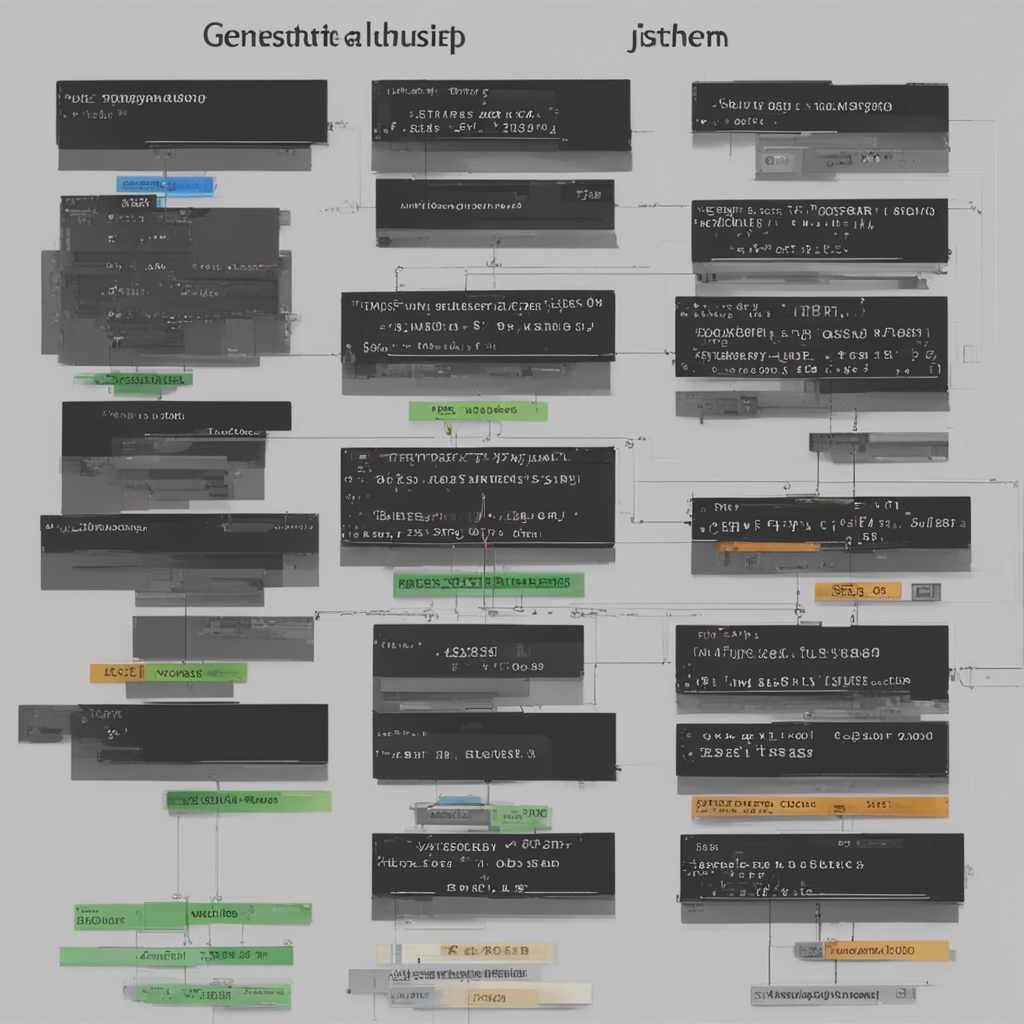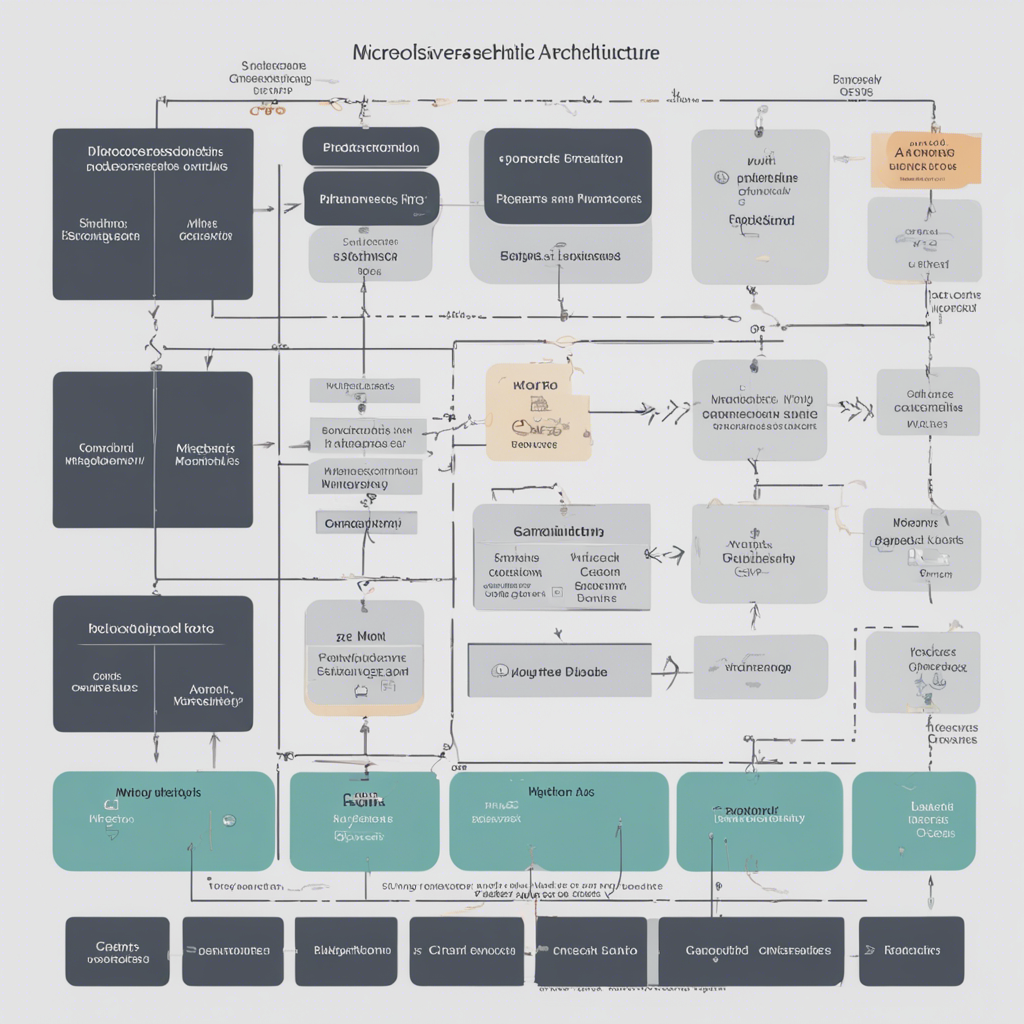
The Evolution of Programming Languages
Programming languages are the foundation of software development, allowing developers to communicate their instructions to computers effectively. Over the years, programming languages have evolved significantly, driven by advancements in technology, changing programming paradigms, and the need for more efficient and powerful tools.
In this blog post, we will delve into the fascinating journey of programming languages, exploring their origins and tracing their evolution through various generations. We will also discuss the impact of these changes on software development and explore some of the most popular programming languages today.
Origins and the First Generation
The birth of programming languages dates back to the early days of computing. In the 1940s and 1950s, the first generation of programming languages emerged, known as machine languages or first-generation languages (1GL). These languages were based on binary code, using strings of 0s and 1s to represent instructions that computers could understand directly.
Machine languages were highly cumbersome and error-prone, requiring programmers to manually write sequences of binary instructions. As a result, programming was incredibly tedious, time-consuming, and limited to a small group of experts who could understand and work with machine code.
Second Generation: Assembly Language
The limitations of machine languages led to the development of assembly languages, which marked the beginning of the second generation of programming languages. Assembly languages introduced mnemonics, which represented instructions using human-readable abbreviations, making programming more accessible and less prone to errors.
Programmers would write code using mnemonics, which were then translated into machine code using an assembler. This allowed for a more efficient and structured approach to programming, but it still required a deep understanding of the underlying hardware architecture.
Third Generation: High-Level Languages
The next significant milestone in the evolution of programming languages came with the advent of high-level languages in the late 1950s and early 1960s. These languages were designed to be even more human-friendly, allowing programmers to write code using English-like statements and mathematical notations.
One of the first high-level languages was Fortran (short for Formula Translation), created by IBM in 1957. Fortran made it easier to write complex mathematical and scientific computations, greatly expanding the possibilities of programming. Other notable high-level languages of this era include COBOL (Common Business-Oriented Language), ALGOL (Algorithmic Language), and LISP (LISt Processing).
The emergence of high-level languages significantly democratized programming, enabling a broader range of individuals with varying levels of technical expertise to write code. This led to increased productivity and the ability to develop more complex software systems.
Fourth Generation and Beyond
The 1970s witnessed the rise of fourth-generation languages (4GL), which aimed to further enhance programmer productivity by utilizing more declarative and domain-specific approaches. 4GLs allowed programmers to specify what they wanted to achieve, rather than explicitly defining how to achieve it.
The late 1970s and 1980s brought further advancements with the introduction of procedural languages such as Pascal and C. These languages introduced structured programming concepts, making code more modular, readable, and maintainable.
Fast forward to the present day, and a myriad of programming languages exist, each serving different purposes and catering to specific domains and platforms. Some of the most popular programming languages today include:
- Python: Renowned for its simplicity and readability, Python is widely used in data analysis, web development, and artificial intelligence applications.
- Java: Known for its platform independence, Java is used extensively in enterprise applications, Android development, and large-scale systems.
- C++: A powerful and efficient language, C++ is favored in areas such as game development, robotics, and system-level programming.
- JavaScript: Primarily utilized for web development, JavaScript has evolved into a versatile language for building interactive user interfaces, web servers, and mobile applications.
These languages represent just a fraction of the diverse programming landscape thriving today. Each language has its unique strengths, which make it suitable for specific use cases and scenarios.
Conclusion
The evolution of programming languages has been a journey of constant innovation and improvement. From the humble beginnings of machine languages to the sophisticated high-level languages and domain-specific tools, programming languages have shaped the way we interact with computers and build software.
As technology advances, we can expect programming languages to continue evolving, adapting to new paradigms and emerging trends. Whether it’s the simplicity of Python, the versatility of JavaScript, or the low-level performance of C++, programming languages have undoubtedly revolutionized the way we develop software and will continue to do so in the future.
References:
- Smith, L. (2019). The Evolution of Programming Languages. Medium. Link
- Sebesta, R. W. (2010). Concepts of Programming Languages. Addison-Wesley.






